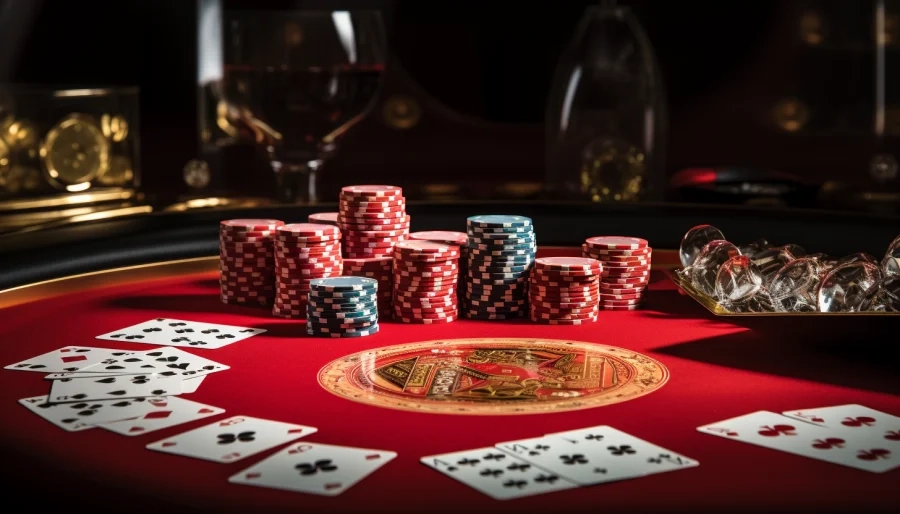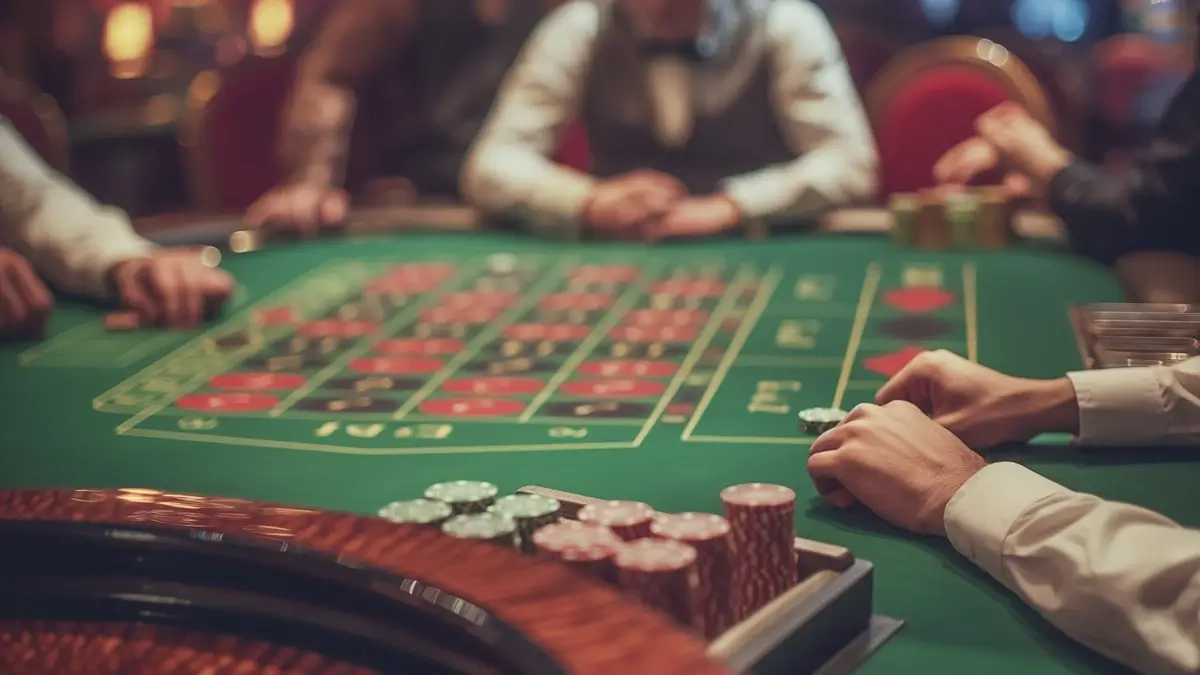
Want to improve your odds at the baccarat table? The answer is: Bet on the banker! Although the winning rates of the banker and the player seem to be close, the "banker advantage" hidden in the baccarat rules makes the banker's winning rate slightly higher. However, don’t forget that although the odds of a “tie” are attractive, the winning rate is the lowest.
If you want to win at baccarat, in addition to understanding the odds, you also need to have a reasonable betting strategy. Next, we will deeply analyze the secrets of baccarat probability to help you make smarter decisions at the gambling table!
Baccarat basics: simple rules, exciting gameplay
Baccarat, known as the "King of Casinos", has attracted countless players with its simple and easy-to-understand rules and fast game rhythm. The core goal of the game is to predict which side, the banker or the player, will have a total hand card score closer to 9 points.
When the game starts, the banker and player will each receive two cards. Depending on certain draw rules, one additional card may be dealt to one of the players. In the end, the side with the closest total to 9 wins.

Baccarat winning rate revealed: Banker, player or tie, who has the higher chance of winning?
In Baccarat, it seems that there are only two choices: Banker and Player, but in fact there is a third possibility - a tie. What are the probabilities of these three outcomes? Let’s find out.
Banker, player, and winning rate analysis
After a lot of data statistics and analysis, we can draw the following conclusions:
Banker’s winning rate: approximately 45.86%
Player winning rate: approximately 44.62%
Tie win rate: approximately 9.52%
It can be clearly seen that the banker's winning rate is slightly higher than that of the player, while the probability of a draw is relatively low. This is why betting on the banker is considered a relatively safe bet in Baccarat.
House Advantage: The Hidden Secret of Your Win Rate
Although the banker and player odds may seem close, there is one key factor in baccarat - the house advantage. This refers to the small edge the casino places on the game to ensure that the casino is profitable in the long run. In Baccarat, the house advantage is mainly reflected in the following two points:
1. Banker commission: When a player wins by betting on the banker, he or she needs to pay a 5% commission to the casino. This means that even if the banker's winning rate is slightly higher, the player's actual profit will be affected.
2. The out-card rules: Baccarat’s out-card rules may seem fair, but they are actually slightly beneficial to the banker. For example, when the player gets 6 or 7 points, he cannot replenish the cards, but the banker can replenish the cards under certain circumstances, which increases the banker's chance of winning.
Factors Affecting Baccarat Odds
In addition to the house edge, there are other factors that affect the odds in baccarat:
1. Number of cards: Generally speaking, the more cards used, the closer the probability is to the theoretical value. This is because more cards reduce the impact of a single card on the outcome, making the game more random.
2. Supplementary card rules: As mentioned before, the supplementary card rules of Baccarat are slightly beneficial to the banker, which will also affect the winning rate of the banker, player and tie.
